Gear Grinding: Is an Automatic or Manual Transmission Better for the Trail?
A quick search on the Internet reveals that the preference of a manual or automatic transmission for off-road use is a matter of preference. This goes without saying, nearly everything related to four-wheeling comes down to preference. Just like Ford or Chevy, and all-terrain or mud-terrain, there is no cut-and-dried answer to what transmission works better on the trail. There are, however, a variety of factors and situations where experience suggests that one is better than the other. It is those situations that I want to revisit and share, to question some of the long-held and oft repeated “truths” about transmissions.
MYTH: Automatics are better for technical terrain.
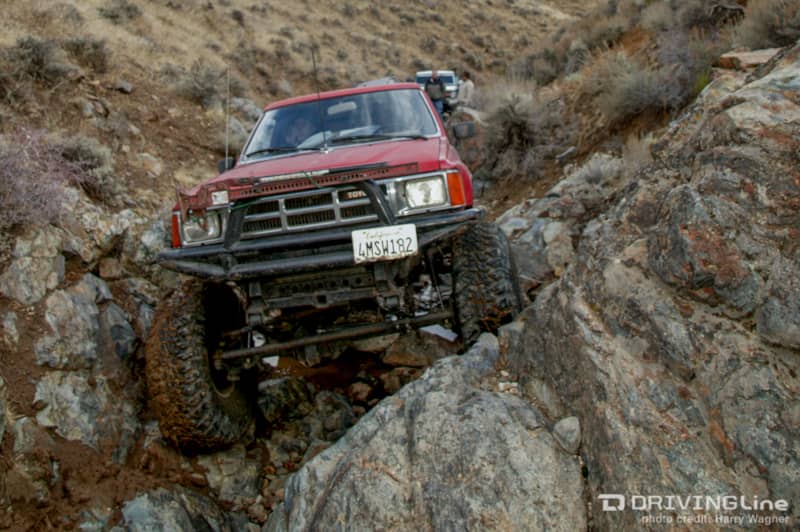
Anyone who has ever driven a Toyota pickup on the trail with dual transfer cases knows the value of proper gearing. A manual transmission with deep gearing can handle even the most technical of terrain, although often times you must find the right gear for the given situation. It is true that automatics, with the torque converter providing gear multiplication, can somewhat make up for the lack of low gearing. The trade-off to this is that slipping torque converters produce an enormous amount of heat, and a hot transmission is not a happy transmission. Which brings us to our next point…
FACT: Manual transmissions are less complex than automatic transmissions.
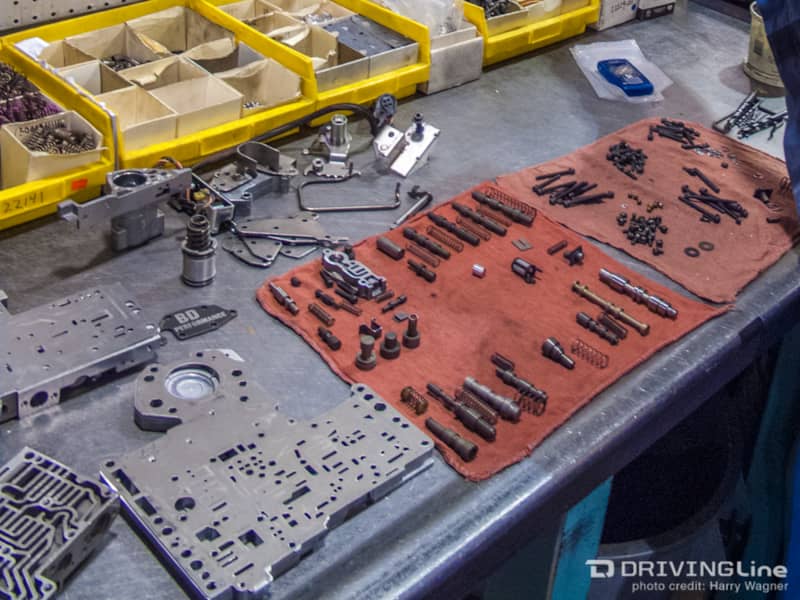
This fact suggests that manual transmissions are inherently more reliable than automatic transmissions. They don’t have valve bodies, they don’t have torque converters, they don’t need auxiliary coolers. You can bump start a manual transmission on a vehicle with a dead battery, or even start it in gear if the clutch goes out. Try doing that with your automatic when you cook the torque converter.
FACT: Automatics are better for off-road racing.
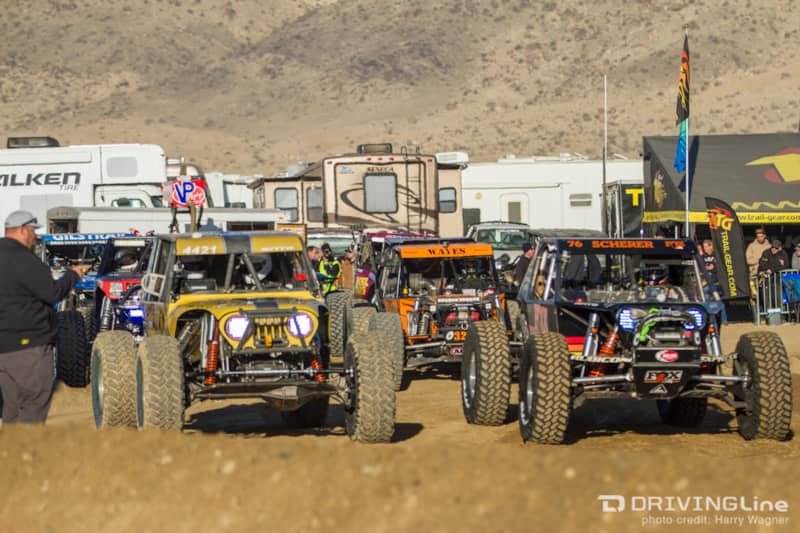
Virtually no off-road racing discipline – from Trophy Trucks to Ultra4 cars to cone dodging rockcrawling buggies – uses manual transmissions. The exception would be limited classes such as Class 10 where lower horsepower favor the use of manuals, or they are specifically required (as in the case of Class 11). The torque converter in automatic transmissions cushions the drivetrain, and many Class 1 desert racing teams have even added torque converters to their transaxles to help keep parts alive. Automatics can be built to withstand enormous horsepower and abuse while remaining extremely reliable, but doing so is not cheap. All of the top Ultra4 teams, from Loren Healy and Shannon Campbell to Erik Miller and Jason Scherer, run TH400 transmissions full of billet aftermarket components.
MYTH: Automatics are better on the street than manuals.
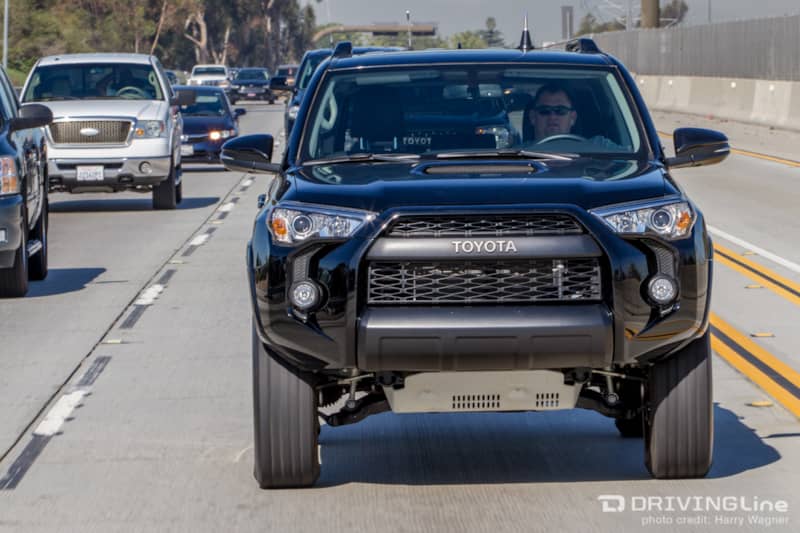
This one isn’t entirely a myth, as anyone who has sat in bumper-to-bumper traffic with a heavy clutch can attest. When driving an under-powered 4x4 or a vehicle with a high-strung engine – like a Samurai for instance – a manual transmission will allow you to wind out the engine and make a direct connection that does not suck up any horsepower like an automatic transmission can. Samurais and other four cylinder 4x4s typically do not have a lot of horsepower to spare. In contrast, a vehicle with a powerful engine does not suffer from this issue and will be just fine with an automatic and benefit from the cushioning effect the torque converter provides.
FACT: There are not many manual transmission options for new vehicles.
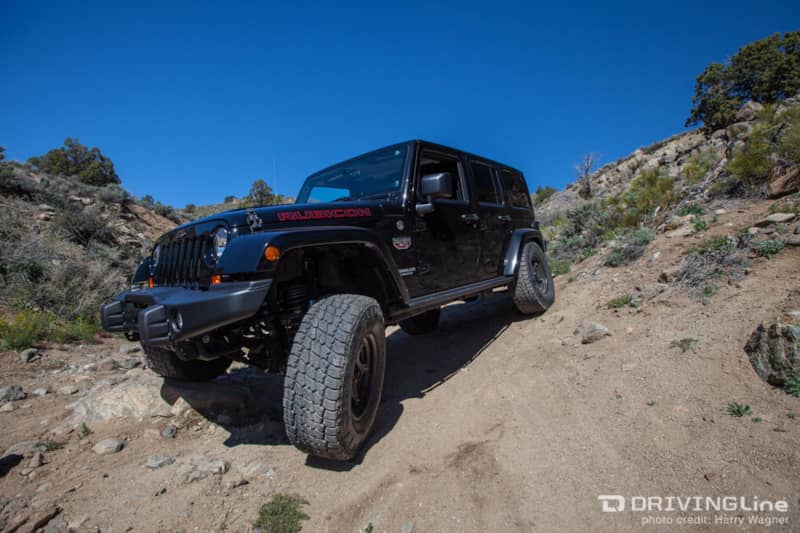
Unfortunately, the era of the manual transmission seems to be in the past. Just as buyers are opting for leather interior, bigger cup holders, and satellite radio in their 4x4s, new vehicle buyers also overwhelmingly opting for automatic transmissions. Ram is the only remaining manufacturer to offer a manual transmission in a heavy duty truck, but there are still a few other bright signs. The Jeep Wrangler and the Toyota Tacoma, arguably the most popular and most capable new 4x4s on the market, are both available with six speed manual transmissions.







